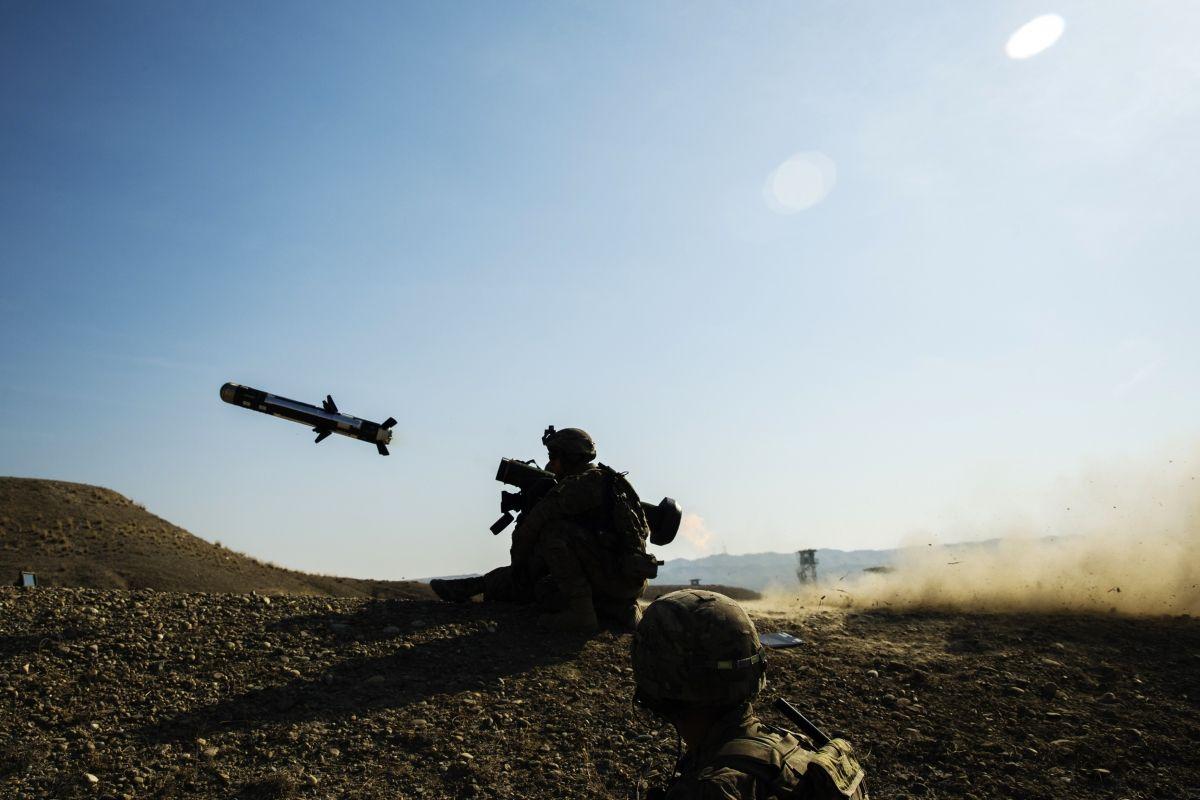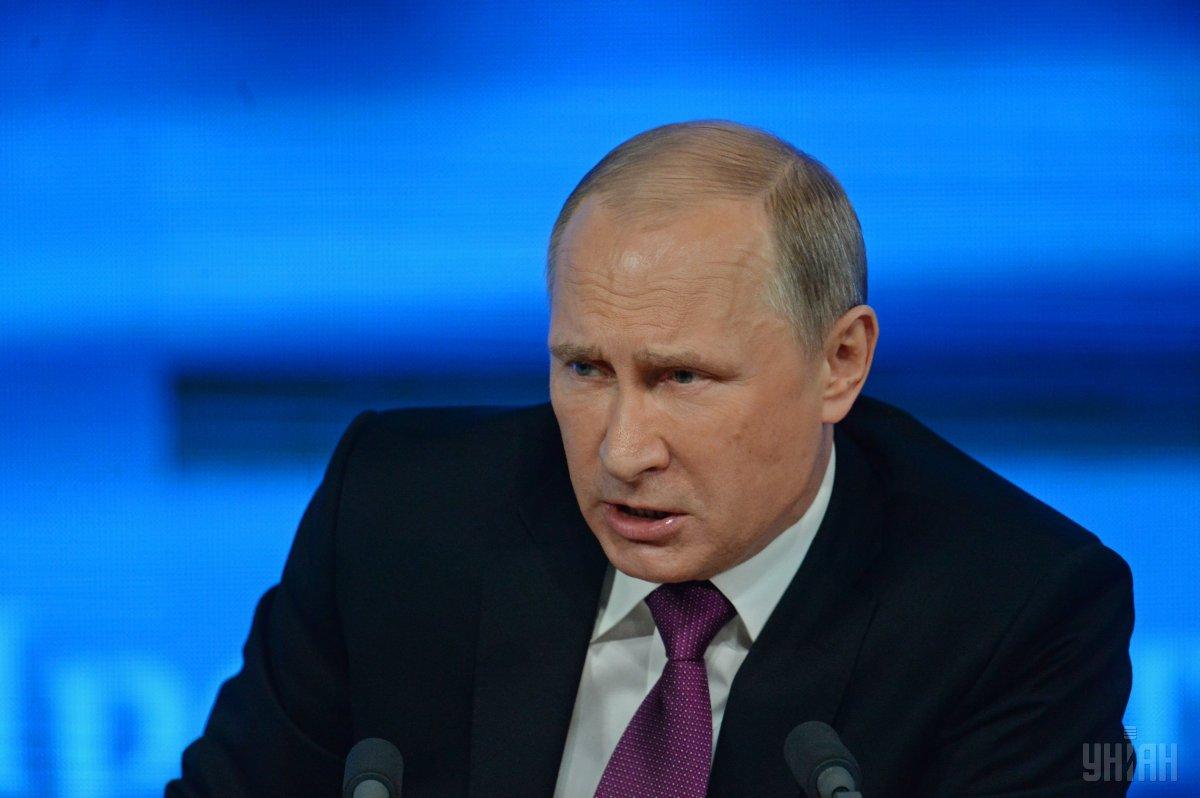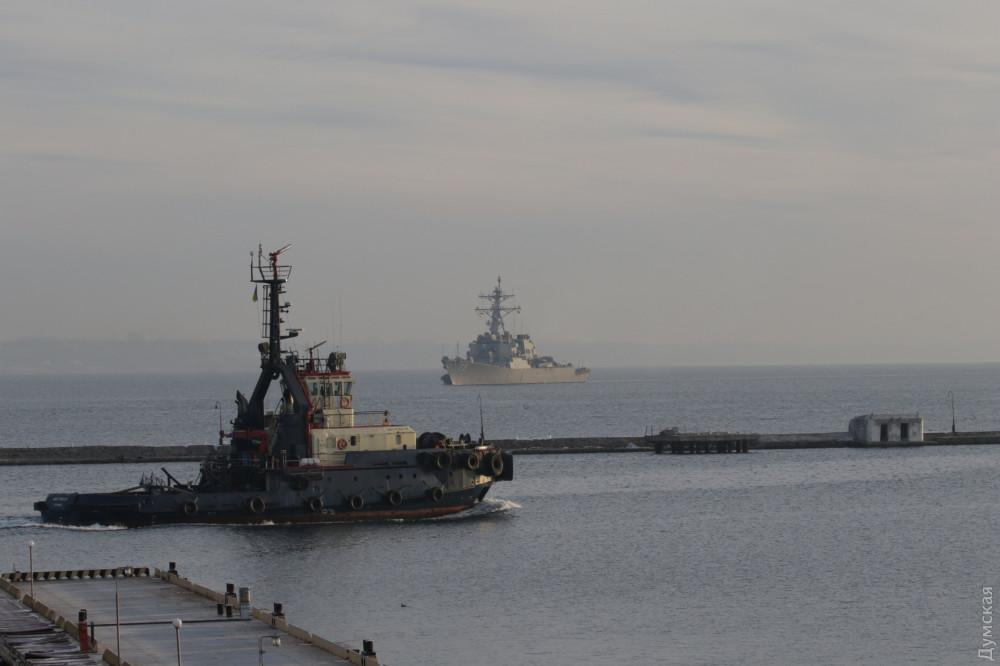
More lethal aid from U.S.: How Ukraine can respond to Russia's aggression
Amid the escalation of Russian aggression in the Black and Azov Seas, the United States is considering providing Ukraine with more lethal defensive weapons. UNIAN learned about the possible options of supplies and whether to expect a "response" on the part of the Kremlin.
The United States is ready to provide Ukraine with additional lethal weaponry, except for Javelin ATGMs. It's about naval and sniper systems, as well as ammunition, that's according to NATO Supreme Allied Commander Europe General Curtis Scaparrotti, who recently spoke at a meeting of the U.S. Senate Armed Services Committee.
If the relevant decision is taken, the purpose of providing new weapons to Ukraine is to deter Russian aggression against the background of the seizure of Ukrainian ships in the Kerch Strait zone. According to Scaparrotti, supported by the new arms, the Ukrainian Navy will be able to prevent new crises in the Black and Azov Seas.
Scaparrotti says the issue should still pass a stage of political discussions. A positive moment here is the fact that Ukrainians proved to be responsible users of the earlier provided Javelin anti-tank missile systems. “The Ukrainians, in my view, have trained very well for the use of that, they’ve been responsible in the security and the deployment of it and we watch that closely,” Scaparrotti told the Committee.
David Hale, United States Under Secretary of State for Political Affairs, during his recent Kyiv visit, also declared Washington's support for Ukraine in deterring Russian aggression. He assured that the U.S. would continue providing material and technical assistance to the Ukrainian defense ministry.
The first U.S. official who spoke up for the provision of lethal aid to Ukraine was U.S. Senator John McCain. Starting from 2015, he repeatedly said that the free world should give Ukraine whatever the country needs to defend itself from Putin's war.
Back then, the Kremlin immediately responded with blackmail — an escalation of the conflict in Donbas. Nevertheless, the same year, the U.S. House of Representatives approved a Defense Appropriations Act where, among other things, financing of lethal aid to Ukraine was laid down. However, the-then U.S. President Barack Obama vetoed the document. In December 2017, the U.S. Presidential Administration - already led by Donald Trump - approved supplies of defensive weapons to Ukraine. The aid included large-caliber sniper rifles, ammunition, and related technical support. At the same time, no permission was given to supply heavy weapons, including FGM-148 Javelin ATGMs.

After Vladimir Putin's statement of March 2018 where he claimed “new Russian weapons, elusive and unpredictable missiles” could reach any spot across the world, while the video simulation showed a model of a missile strike on Florida, the United States decided to provide Javelin to Ukraine. The volume of assistance amounted to US$47 million. These were 37 launchers, including ATGMs for spare parts, 210 missiles for them, training complexes, trainings on the use and maintenance of the anti-tank systems, as well as transportation services. Representatives of Raytheon and Lockheed Martin, responsible for the contract, ensured the hand-over of weapons and training.
And now a new statement has come from Washington. UNIAN figured out what kind of weapons it implied, when they could be supplied, and how Russia could respond.
Lethal weapons as a deterrent
Experts believe that the promised deliveries of lethal weapons will be fulfilled in the near future, but much depends on the Ukrainian government and on political situation in the U.S. Meanwhile, no strong escalation should be expected from Russia. After all, they don't have much to respond with.
Mykola Sungurovsky, director of military programs at Razumkov Center, says that there is no actual news in the Scaparrotti statement. He only reiterated the assurances Washington had previously expressed of their support for Ukraine.
"Since the end of 2015, the issue of providing Ukraine with weapons in view of Russia's aggression has moved from a dead spot. The first step in lethal aid was about Javelins, which we received in 2018. Until then, Ukraine had received from Western powers non-lethal aid only. In principle, this issue is resolved on a bilateral basis. Ukrainian General Staff officials often visit the United States, where together with their American colleagues they discuss our Army's needs for armaments, depending on the situation in the occupied territory, plus taking into account internal political alignments in the U.S. The timing of the allocation of new weapons to our country depends on the latter aspects," the expert noted.

He adds that, when it comes to the internal situation in the United States, this implies that individual politicians are trying to lobby for the line claiming it's not a wise thing to tease Russia. However, supporters of this idea are now in the minority. Consequently, the influence of the “Russian” factor on how the issue will be resolved will be minimal. “The only thing we can expect from Russia is just another round of tensions on the front line. But at the same time, deliveries of lethal aid to Ukraine minimize the likelihood of conflict escalation. Besides, it reduces the number of casualties among Ukrainian troops. In the absence of lethal weapons, it could have been much higher. Moscow has once again seen a confirmation that Ukraine is not alone in confronting Russia and that in case we need it, we will always het support, be it military or technical. And this is a factor in deterring Russian aggression," Sungurovsky said, commented on the situation.
A military expert Oleh Zhdanov believes that now the United States is extremely interested in increasing the combat capability of the Armed Forces of Ukraine, as well as their combat potential, to help Ukraine Army become a real deterrent to the Russian aggression, so that Ukraine could repel Russia on an equal footing and even with some advantage. At the same time, he emphasizes that certain actions by Ukrainian leadership are holding back American military aid.
“Unfortunately, our leaders, in particular, the president, are doing everything to bring this issue to a halt. Poroshenko, by and large, sabotages military reform," the expert opines. "The fact that supplies of Javelins had been postponed wasn't a problem of the United States – the negotiations had been delayed by the Ukrainian side. Immediately after the "Kerch incident" we were offered two American frigates. Where are they? The Navy Commander declares: 'We are an urgent matter.' But the issue has sunk into oblivion. Where are the Island vessels, on which we've been negotiating for two years, and now we cannot transport them for another year? So how is the president's initiative working on boosting the country's defenses and national security?” Zhdanov concluded.
He also noted that the equipment that the U.S. is offering is not new, but it is still in service with the U.S. Army, and is capable of deterring Russian aggressors.

"Of course, they take more modern equipment, but the equipment they're offering us in terms of technical features really outplays the old Soviet scrap that we have in service today. Meanwhile, the myth of the Russian army being the world's second strongest has been firmly engraved in people's minds, but it shouldn't have. In reality, it isn't. The capabilities of the equipment we're getting are much stronger than those of the Russian hardware. At the same time, the United States is very pleased with how our troops learn to use the weapons that have been transferred. Our units are being trained by their instructors. The training center operates non-stop at the Yavoriv training ground, and it has been a success," said the expert.
According to Zhdanov, now the issue of providing weapons concerns the Ukrainian Navy, but the country is ready for this, he suggests: “We still do not have our Fleet; there is no political decision on whether or not it will be created. We have only our Naval Forces. No one can say clearly what that is supposed to mean and what is its shape. Any task begins with a goal being set, but it remains unclear for what Ukraine should strive and what are we ultimately building. In the fifth year of the war, there is no program for the creation of the Armed Forces, there is no military reform. And this is a question to ask the president," the expert claims.
Zhdanov also predicted that the procedure for the allocation of lethal aid will not take long. “Today there is a common understanding and vision of the strategy toward Ukraine. The question rests only on us. Representatives of the Ukrainian General Staff must agree at the Pentagon on a list of weapons. This is a stumbling block. There is a list on the American side, while our list is always in question. The United States, realizing the level of corruption in our state, hasn't given 'live' money to Ukraine since 2015 – they offer material and technical means for the allocated amounts, and starting 2018, they offer weapons. But we're just thinking for too long," said the expert.
According to him, Russia will have a neurasthenic reaction to the allocation of more lethal weapons for Ukraine. “The General Staff of the Russian Federation is well aware that any growth in the potential of the Armed Forces of Ukraine represents a real threat to them. There will be, of course, many statements, yelling and screaming. But I don't think that there will be any real steps to raise the level of confrontation. Firstly, in the political and economic sense, the influence of Russia on our country is much lower than it was before. Secondly, Putin is not ready to arrange a 'mini-war'. This requires strong effort, as well as considerable resources, which he doesn't have. In addition, now it's not the year of 2014, and the whole world understands who is fighting in Donbas. If Putin instigates another confrontation, he will receive another package of sanctions. By the way, in March, the U.S. Congress put to the vote a bill introducing sanctions for the use of chemical weapons, which Putin himself called "sanctions from hell." They were postponed for six months by Trump in October last year, and now they are becoming a reality. They will be surely voted in and signed off. Putin will have no time for the escalation of the conflict, he will only think about how to maintain stability in Russia, although he's got well prepared for such a scenario. Starting from 2016, he has been forming the National Guard (which plays in Ukraine's hands in terms of the escalation of hostilities), to suppress a possible internal conflict. The number of Guards has already reached 400,000 – this is as many people as the Land Forces are allowed to have in their ranks. Moreover, Russians are already fed up with wars – the Russian Federation is simultaneously involved in five conflicts, regularly sending back the bodies of troops killed in action. Because of this, the autumn draft was disrupted in Russia. So Russia shouldn't be intimidating anyone,” concluded the expert.
According to experts, the allocation of new lethal weapons to Ukraine, taking into account legislative processes in the United States, is a matter of one to two months. It could only be delayed in view of the latest corruption scandal in the Ukrainian defense industry, in particular, around Ukroboronprom. Now, the investigation is in full swing. And it is possible that everything will end in nothing, as is usually the case in Ukraine. But the American partners are unlikely to be satisfied with this, and the contract on the supply of lethal weapons, which Ukraine needs now, could be postponed indefinitely, at least until the end of the election campaign. And this would only play into the hands of the Kremlin, which would unacceptable.
Nana Chornaya

